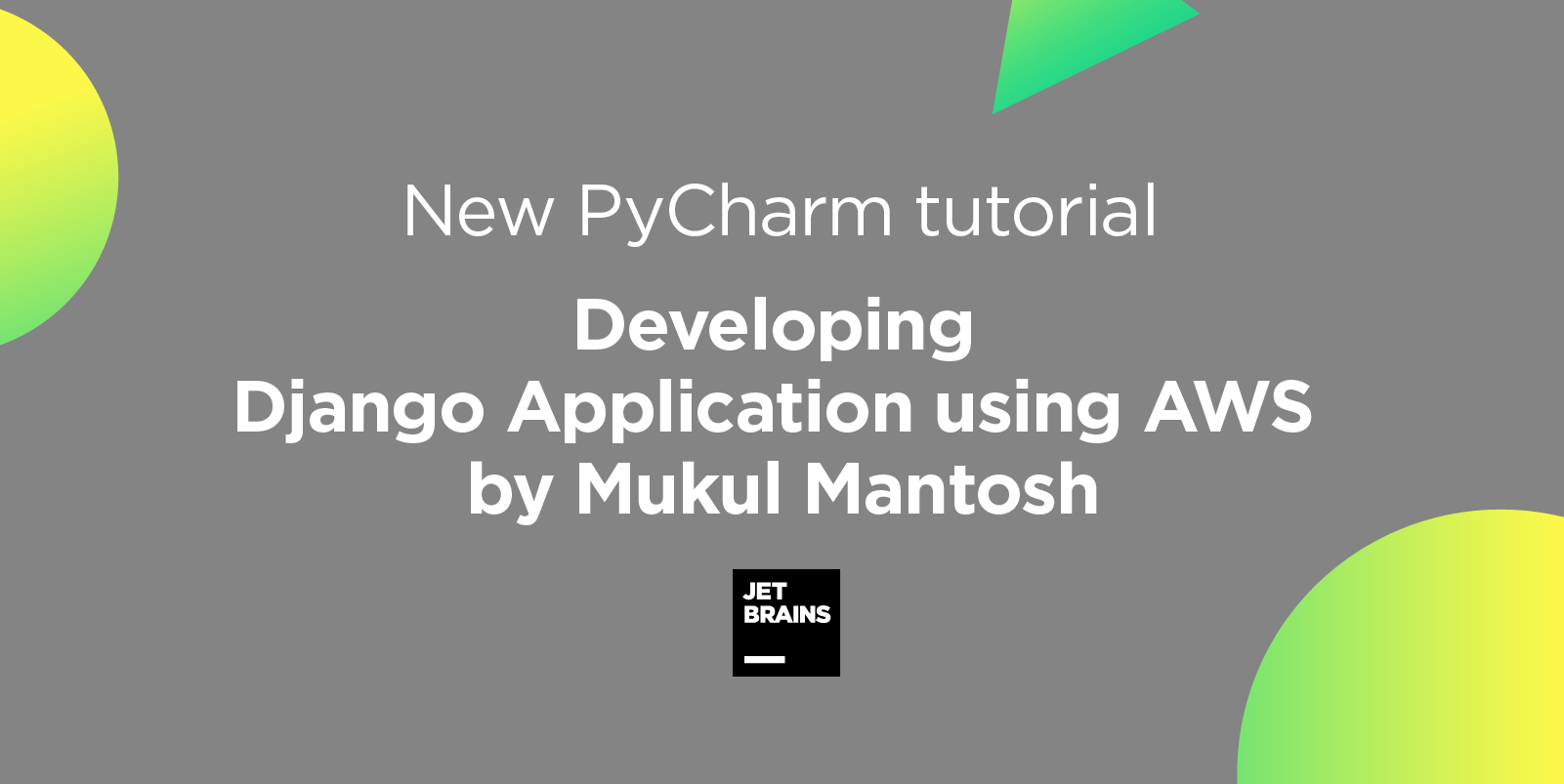New Tutorial: Develop a Django App Using AWS
In his new tutorial, Mukul Mantosh gives very detailed instructions on how to develop a Django Application using AWS. If you have never used AWS to run your code, with this new tutorial you can give it a try and build your confidence.

This tutorial is divided into distinct parts, so if you are only interested in a specific topic you can skip all the others. It also contains text in addition to the video content, so you can use it in any circumstances and in the most comfortable way for you.
Let’s take a short look at what is in the tutorial.
Mukul explains the Django framework itself and briefly compares it with other Python frameworks to give you an overview of when Django is the most useful tool and why.
The next step is diving into the Amazon Private Cloud concept and the fundamentals of networking so that you can easily understand virtual networking environments, including the selection of your own IP address range, the creation of subnets, and the configuration of route tables and network gateways.
Further along in the tutorial, you will try Amazon Relational Database Service to get the most out of AWS services. Amazon RDS is designed to simplify the setup, operation, and scaling of a relational database for use in applications. With it, you can automate some of the time consuming tasks such as database setup, patching, and backups.
The tutorial also touches on important security issues, such as what tool to use when you have a private subnet and need to update or patch your app (the short answer is NAT Gateway).
After its introduction of what AWS has for serverless development, the tutorial moves on to discuss app development itself. You will learn how to install the Python dependencies required for Django projects and virtual environments.
After connecting Django to the Amazon RDS instance via database tooling (DataGrip) available in PyCharm Pro, you will learn how to correctly set up your project directory and app structure. The tutorial will walk you through all the necessary steps, describing why exactly you need this or that in your project structure.
In the final section of this part of the tutorial, you will look at REST APIs, focusing on the GET & POST and PUT & DELETE operations.
It’s time to learn something new and very useful! And if you like the tutorial, don’t forget to share the link with your peers!
And stay tuned. A second part is coming soon!
Subscribe to PyCharm Blog updates








